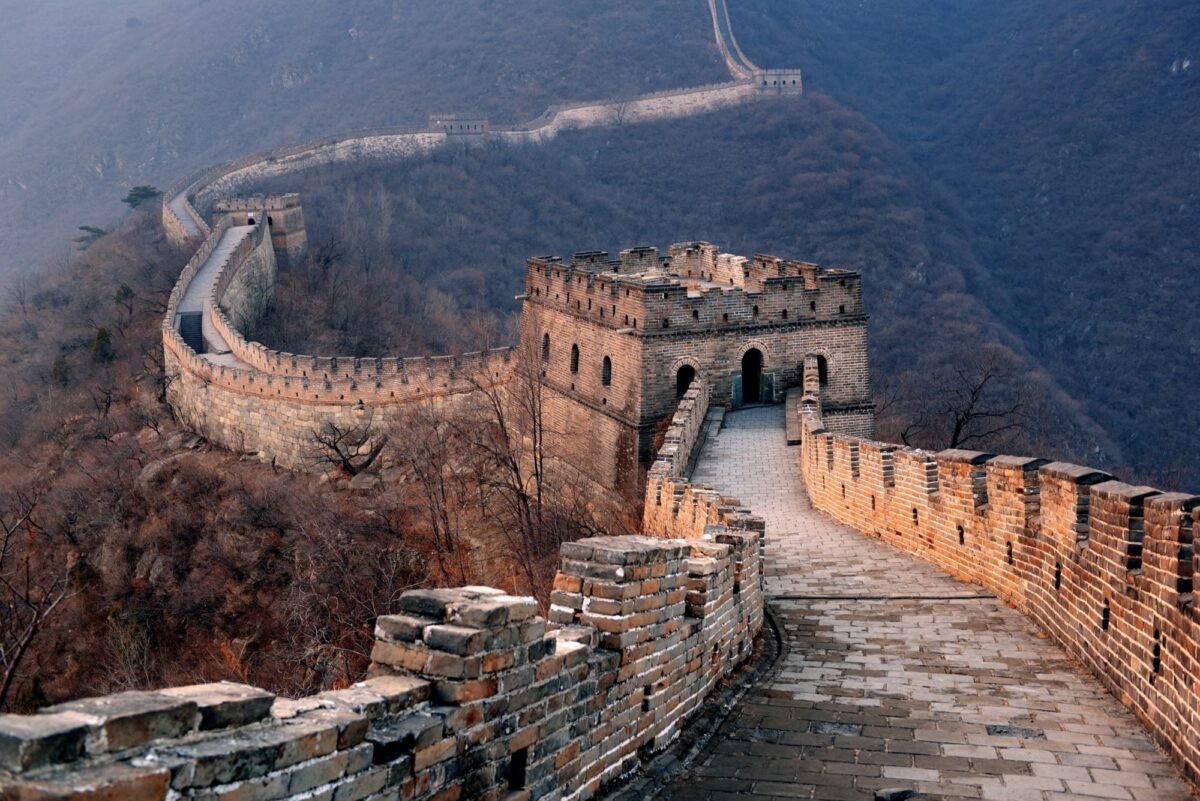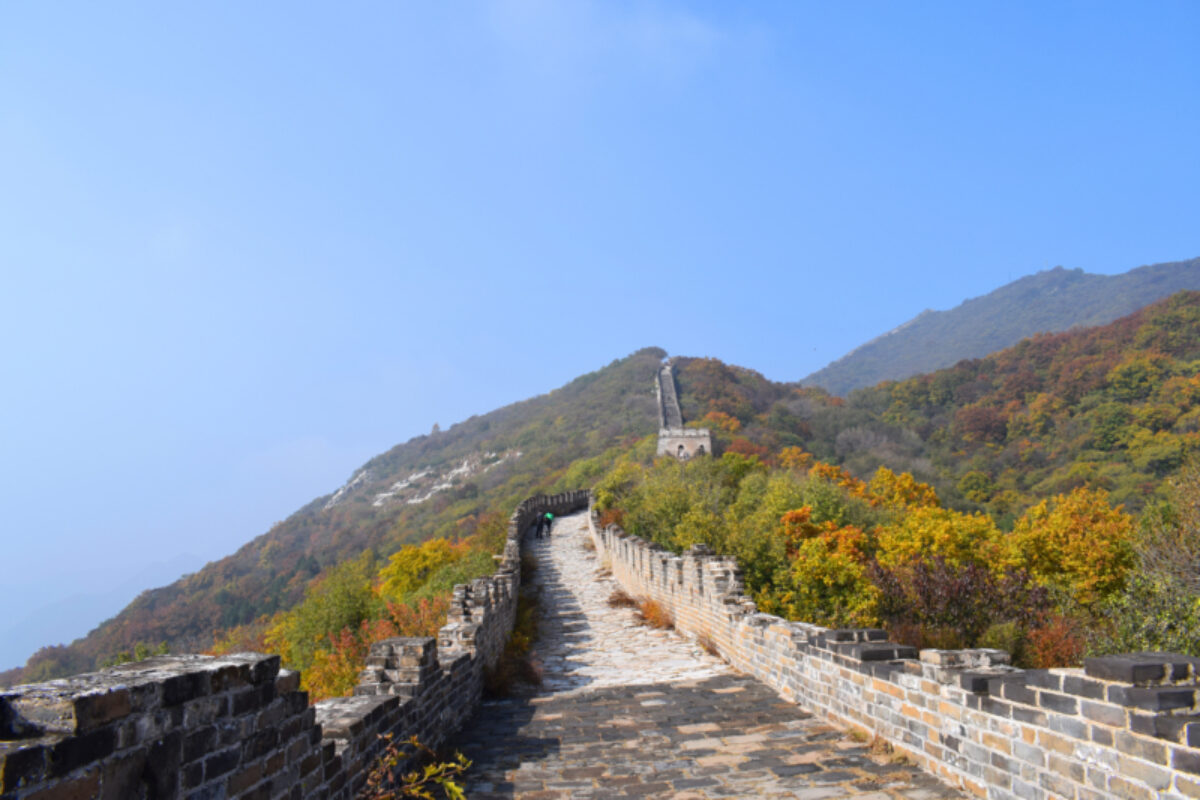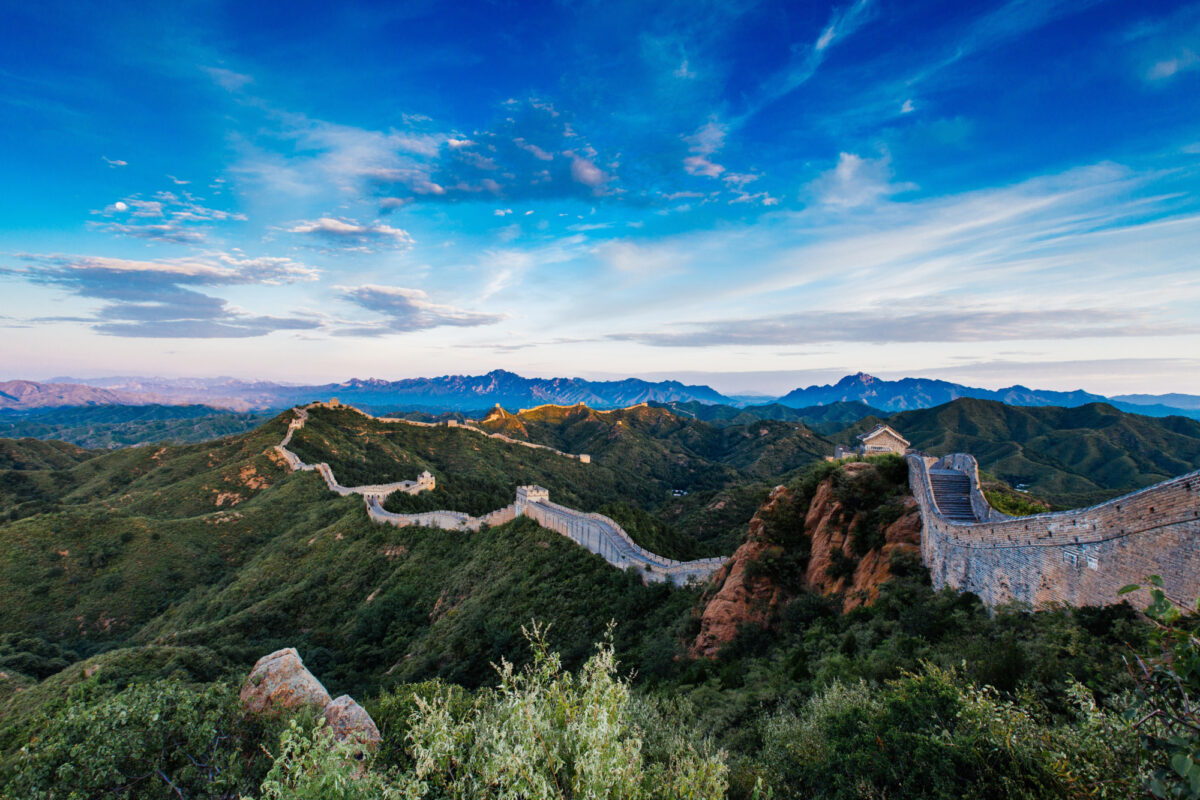How to visit the Great Wall of China
The Great Wall's best and less crowded sections
China can seem like an intimidating place, due to its huge size and the language barrier that most travellers face. However, first-time visitors needn’t worry: this is a country of incredibly friendly and curious people eager to help. The pace at which China has developed its transport system means that getting around today is much easier than even a decade ago, with sparkling subways in most big cities and high-speed trains reaching all ends of the country.
When planning a trip to the country to visit the Great Wall of China, it’s important to remember China’s size and to plan realistically. Most of the country’s major tourist sites are popular with domestic visitors, meaning that in high season and during China’s national holidays, there can be long queues and enormous crowds, as well as ticketing controls at some of the biggest sights.

China continues to develop at a rapid pace, and the old cliche that this is a ‘land of contrasts’ certainly holds true. Things change quickly here and it’s a good idea to approach your trip with a sense of expecting the unexpected. Venues often close without warning and transport timetables sometimes don’t match what is listed and for international visitors, many things are lost in translation.
Visitors who approach China with a sense of adventure and flexibility will find their trip not only fulfils their dreams of experiencing some of this great culture’s immensely important historical sights and tremendous culinary output, but they may also come away with a greater sense of mindfulness.
History of China's Great Wall
One of the world’s man-made wonders and the most popular visitor attraction in China, the Great Wall is rightfully on the must-see list of every first-time visitor. Like the country’s other main historic sight, the Terracotta Warrior Army, the Great Wall was conceived by China’s first emperor, Qinshihuang, to protect his reign (221-207 BC). Construction continued on the wall through four distinct eras, including the Jin dynasty (1115-1235), when work was sped up due to the threat of attack from the north by Mongol leader Chinggis Khan.
The most visibly famous sections of the wall are the stone brickwork ramparts, beacon towers and flying eaves snaking up and down the mountains north of Beijing. These remains date to the Ming dynasty (1368-1644) when the Hongwu Emperor had just ousted the previous Mongol-run Yuan dynasty and wanted to ensure the security of his empire from northern invasion.
What many don’t understand about the wall is its sheer size. At officially more than 21,000km in length, the wall stretches from Shanhai Pass, where it meets the Bohai Sea in Hebei province, to its westernmost point at the stunning mudbrick Jiayuguan Fort in the Gobi Desert in Gansu province. Not one continuous wall, it is actually comprised of thousands of smaller sections of wall across this vast distance.
There are several sections of restored Ming dynasty walls near Beijing, which are the most accessible. These tend to be busy with tourists as they are easier to visit, with even footing, handrails, cable cars and facilities like bathrooms and refreshments.

Where to see the Great Wall of China near Beijing
Of the Beijing sections of the Great Wall of China, Badaling is the closest to the city and the busiest, while Mutianyu is slightly further away and sees relatively fewer numbers, particularly in the winter.
Busy Badaling is the only section of the Beijing Great Wall accessible by train. Other sections require private vehicle hire or a combination of buses and taxis. The best option is to choose which section of the wall you want to visit and book a private car with an English-speaking driver. Some companies pre-book add-ons like the Ming Tombs, so it is worth knowing and stating your preferences upfront.
Badaling, Mutianyu and Huanghua Cheng are the closest sections to Beijing and are easily visited in a day or even a morning. Sections further away, including Zhuangdaokou, Jinshanling, Jiankou and Gubeikou can be visited on a day trip, but it’s worth staying overnight at these to experience village life and to have more time to explore unrestored areas or see the wall at dawn or dusk.
If you visit Mutianyu on a January morning, you are likely to have the ramparts nearly to yourself (though you’ll want to cover up, as temperatures regularly hover well below freezing). At nearly 150km from Beijing, the restored sections of the wall at Jinshanling see very few visitors, but this requires either a very long travel day or an overnight stop due to the distance.
The end of the Great Wall in Jiayuguan
Hopping on a plane or high-speed train to the desert city of Jiayuguan offers a completely different way of visiting the Great Wall of China. Here, the rammed earth and mud brick construction give the wall an almost forlorn appearance befitting its history. The name ‘Jiayuguan’ means ‘first pass under heaven’ and this fortress gate marked the end of the Chinese empire and the beginning of everywhere else. Criminals and those banished from the empire were turfed out via this gate and left to make their way alone through the desert.
Where and how to see the Wild Wall
There are numerous sections of the Great Wall that have been left unrestored close enough to Beijing to be convenient for a wild hike or trek. Be aware that the wall is steep and covers deep valleys and vertiginous mountains, so trekking can be exhausting and treacherous – as well as being frowned upon by the authorities. However, the rewards are spectacular views of this architectural wonder far away from the maddening crowds.
Hikers need to wear appropriate clothing, including very sturdy hiking boots, and bring plenty of water and food. When hiking unrestored sections of the wall, it is a good idea to hire a guide who knows the way, as some sections become completely impassable or dangerous, while others pass through military zones and require a detour.
Visiting the Great Wall of China at Zhuangdaokou
Just 80km from Beijing, this is one of the most accessible yet least visited sections of unrestored wall. It’s possible to hike from here to the restored section at Huanghua Cheng in 1-2 hours, passing a river, reservoir and stunning views.
Visiting the Great Wall of China at Jiankou
This completely unrestored section 100km from Beijing is very steep and is best for experienced hikers. You can hike from here to the restored section at Mutianyu in 2-3 hours, passing extremely wild scenery, particularly at the 180-degree curve known as Ox Horn, one of the steepest and most difficult places to hike the wild wall.
Visiting the Great Wall of China at Gubeikou
Starting from Gubeikou town, 130km from Beijing, two sections – Wohushan and Panlongshan – of totally unrestored wall incorporate crumbling ramparts and watchtowers. The Wohushan section to the west of town features two ‘sister mountains’, while to the east is the Panlongshan section, with the General Tower and 24-Window Tower.





